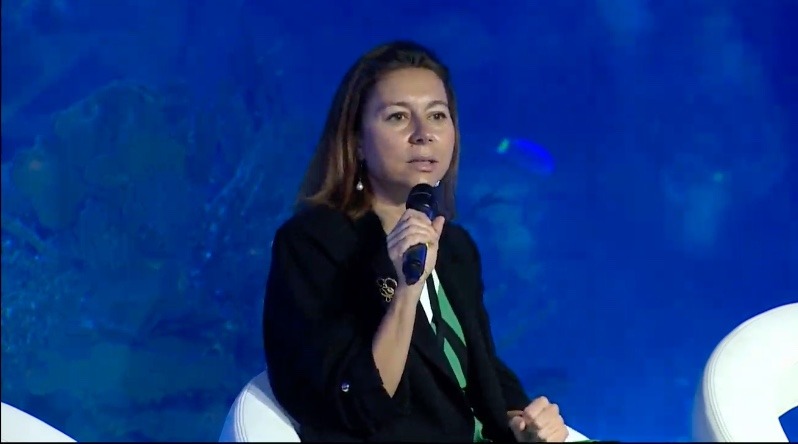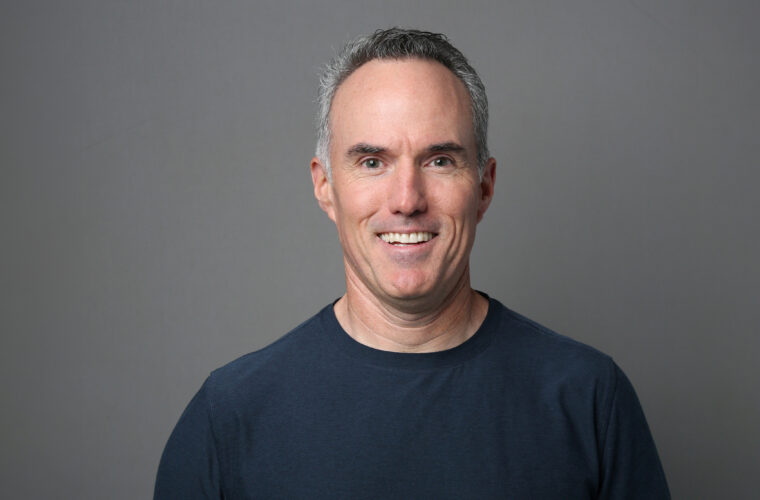The way Neuroelectrics wants to treat depression and epilepsy without drugs
During the first day of the Valencia Digital Summit, which after last year was held in hybrid mode, an important part was dedicated to startups. Among the most interesting ones there is Neuroelectrics, led and presented by Ana Maiques. During the appointment “Moonshots for a Better Life”, moderated by Juan Cartagena, CEO, Hearts Radiant and with the presence also of Andreu M. Climent, Associate Founder & CEO, Corify, Maiques explained better how the technology conceived by his company can be an important step in the treatment of certain diseases, especially riding the Covid-19 pandemic. The goal, which seems unattainable but instead is very close to its full realization, is to cure depression and epilepsy without drugs, surgery or invasive therapies thanks to a new technology.
The intuition starts twenty years ago from an Italian mathematician and physicist, Giulio Ruffini, who observed two electroencephalograms in comparison: one belonged to a chronic alcoholic, the other to a subject without obvious problems. In November 2020, Neuroelectrics, the company Ruffini founded in 2011 with his wife Ana Maiques, received €18 million from a private U.S. investor to conduct two clinical trials on epilepsy and depression. The goal was to get the therapy validated by the Food&Drugs Administration, making it prescribable by psychiatrists, neurologists, and physicians in general. Currently the trials for epilepsy have involved 20 patients with the goal of reaching 190, for depression the trial started on 50 subjects with the goal of reaching 300. “The inclusion criteria are stringent, and we also have of course ways to administer a “placebo” therapy with the aim of verifying whether the improvement is due to the functioning of the therapy or to autosuggestion or some other element” explains Maiques.

What it consists of
“The intuition of using micro-currents of direct or alternating electrical energy, which we call neuromodulation, goes back to the Egyptians and ancient Romans,” Ana Maiques explains in Valencia. And it is starting from the deep knowledge of how the brain works that Neuroelectrics has developed a non-invasive therapy, able to induce stable changes in the brain, simply by exploiting what neuroscientists call Hebb’s principle: neurons that “discharge” at the same time – because they are activated by the same stimulus to the same reaction – connect with each other in the long term, developing synapses or modifying their own structure realizing what we know as neuroplasticity.
Neuroelectrics has significant advantages over technologies already in use for the same functions: it is 10 times less impactful than TMS – Transcranial Magnetic Stimulation and compared to it, the device used is portable and much more agile to use. Compared to neurofeedback – which is currently used in cases of depression, attention disorders and even autism – in which patients are taught to “self-train” their brains to react in a certain way, i.e. to voluntarily produce a certain type of brain waves thanks to the continuous viewing of their brain activity through EEG, the Neuroelectrics system does not require any effort from the patient, only a slight itching sensation in the head at the point where the electrical discharge is released. Basically, if neurofeedback is equivalent to going to the gym, neuromodulation is equivalent to muscle electrostimulation.

The method used involves first creating a three-dimensional “digital twin” of the patient’s brain from MRI and EEG data. This is because every brain is biophysically and electro physiologically different. Some functions – such as language, the ability to play a musical instrument or mathematical calculation – may in fact take place in brain areas located in similar but slightly or even very different places, but the modes of operation may also be different. What we all have in common, however, are the mechanisms of operation, in the same way that all gasoline cars use an internal combustion engine to run, but the operation of the engine can be efficient. The “human brain engine” works by pre and post synaptic transmission of electrical and biochemical signals in response to a stimulus. Leveraging this knowledge Neuroelectrics can simulate the natural activity of the brain, inducing or inhibiting activity with the effect of long-term modification of not only our behaviors but also our thoughts.
The startup scenario
Returning to the startup scene, Ana Maiques mentioned the importance of having investors who believe in projects. Her company has received over $5 million for its research, but this is not always the case. “In Europe, as well as in Spain, we have some unicorns. We can consider them as the most famous soccer teams that compete, globally, in the Champions’ League. However, unlike sports, our companies compete not against them but towards a common goal, in my case that of improving the living conditions of patients. “You have to be ambitious – underlines Andreu M. Climent – startups must not be closed in on themselves but, when they have a clear idea of what they want, they must also be able to look for talent outside and outside their country. It’s not a matter of Barcelona versus Real Madrid but of challenging the best clubs in the world, in sectors that are very competitive today.”
There is no innovation without ambition: this is the quest for moonshots. If you aim for the moon, the worst thing that can happen to you is to hit a star, they say in Silicon Valley. Or, those who dream of a hut will hardly build a castle. In short, aiming high, in the world of startups is not only necessary but recommended. “In Europe we have a very advanced public and private healthcare system but also a very heterogeneous one, compared to, for example, the United States. This makes things interesting because there are so many different opportunities for intervention. We can personalize treatments, patient pathways, running trials in association with entities and organizations. At a time of profound rethinking in the world of healthcare, because of Covid, having the innovative ideas of startups can represent a significant advantage, for Europe as well as for the rest of the world,” the speakers concluded.



